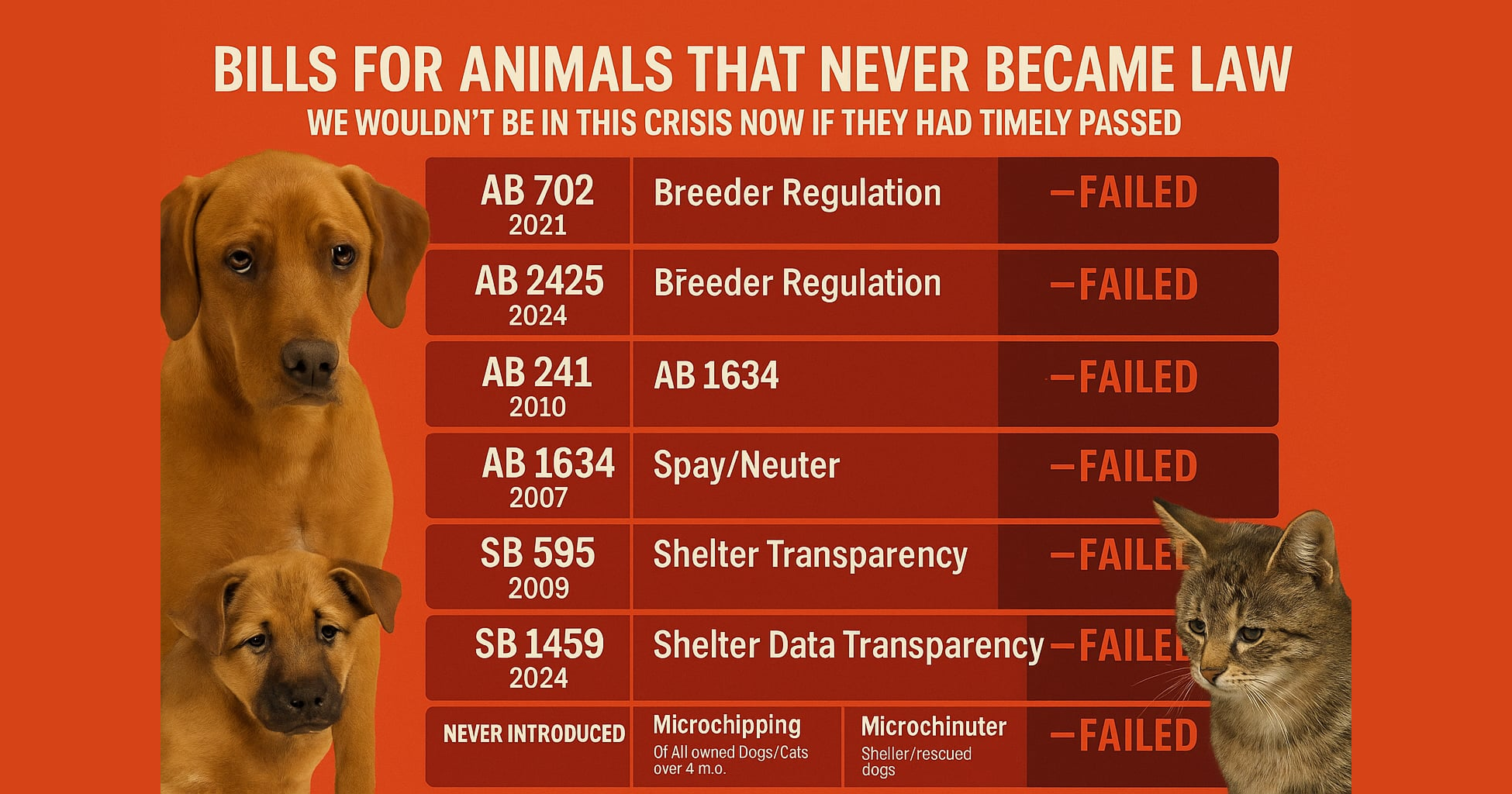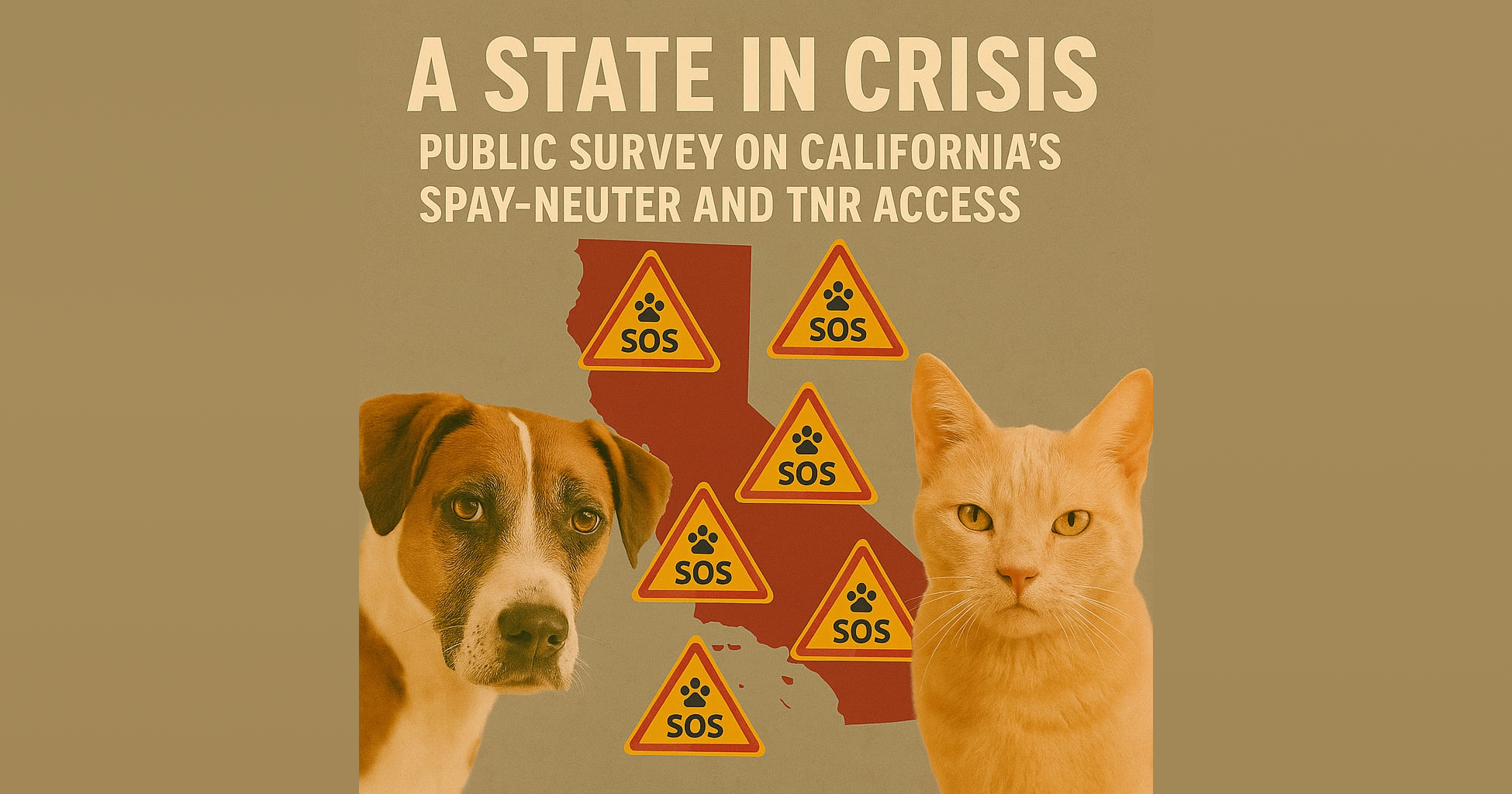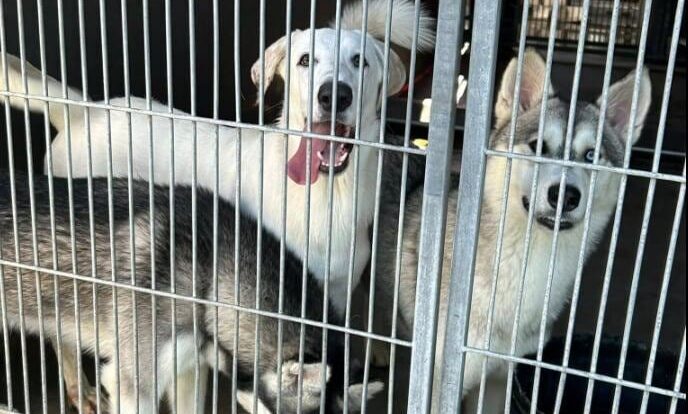The benefits of spaying and neutering extend to both individual animals and the community as a whole. According to SpayUSA.org, spaying females offers advantages such as eliminating heat cycles, reducing the desire to roam, and decreasing the risk of mammary gland tumors, ovarian, and uterine cancer. Additionally, it helps in controlling the population of unwanted cats, kittens, dogs, and puppies and contributes to their overall health and longevity.
Neutering males also provides several advantages including the elimination or reduction of spraying and marking behaviors, decreased roaming tendencies leading to a lower risk of injuries, and the elimination of testicular cancer risk along with a decrease in prostate disease incidence. Neutering also aids in curbing aggressive behaviors and promotes longer and healthier lives for dogs and cats.
The top three reasons for spaying and neutering are highlighted as follows:
- Population Control: Spaying and neutering help mitigate companion animal overpopulation issues, which are particularly acute in many countries, including the United States. This approach reduces the need for euthanasia and alleviates the suffering of countless animals.
- Health Benefits: Sterilizing pets increases their chances of living longer and healthier lives. Altered animals face lower risks of various cancers and diseases, leading to extended lifespans, with dogs potentially living 1 to 3 years longer and cats 3 to 5 years longer on average.
- Improved Pet Behavior and Safety: Spaying and neutering result in better pet behavior by reducing the urge to roam, thereby minimizing the risk of accidents and diseases. Surveys indicate that a significant portion of dogs involved in accidents are unaltered, and intact male cats have shorter lifespans due to increased fighting and disease transmission.
Furthermore, communities benefit from reduced numbers of stray animals, which can cause public nuisances, health hazards, and significant financial burdens through capture, impoundment, and euthanasia costs.
“The capture, impoundment and eventual destruction of unwanted animals costs taxpayers and private humanitarian agencies over a billion dollars each year. As a potential source of rabies and other less serious diseases, they can be a public health hazard.” – The American Veterinary Medical Association
Regarding the timing of spaying and neutering, surgeries can be performed on puppies and kittens as early as eight to sixteen weeks old. Early sterilization prevents accidental litters and has been endorsed by organizations like the American Veterinary Medical Association (AVMA) and supported by experts like Leo L. Lieberman, DVM, who advocated for early-age spay/neuter with minimal medical or behavioral side effects. The National Humane Education Society also encourages early-age spaying/neutering in healthy, vaccinated young animals, emphasizing that it is never too late to sterilize pets for those who have not yet done so.
Original Article:



